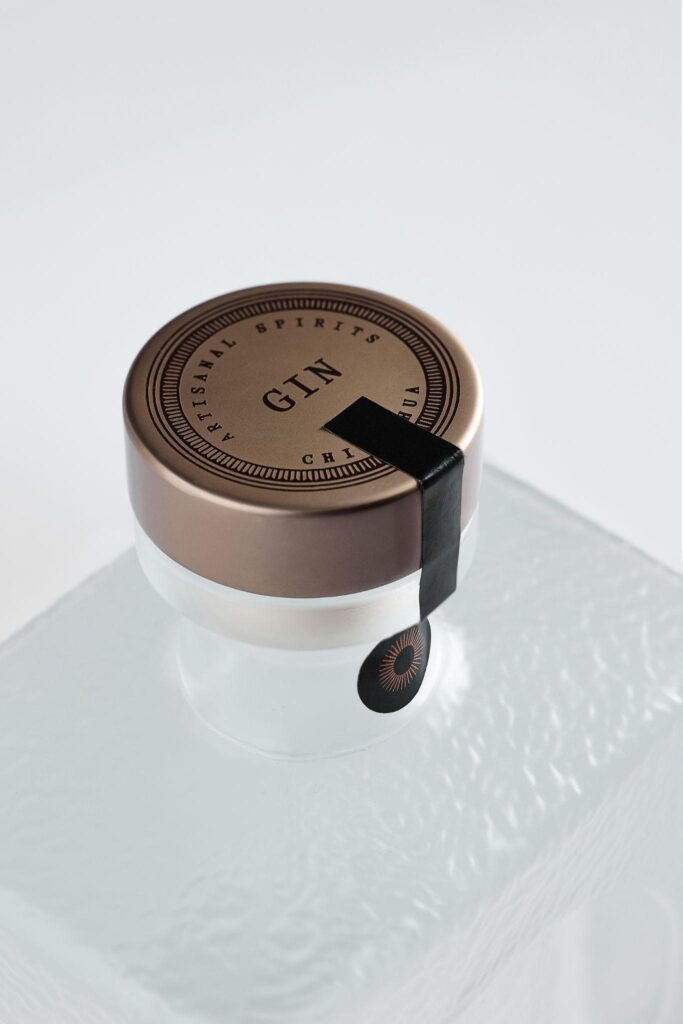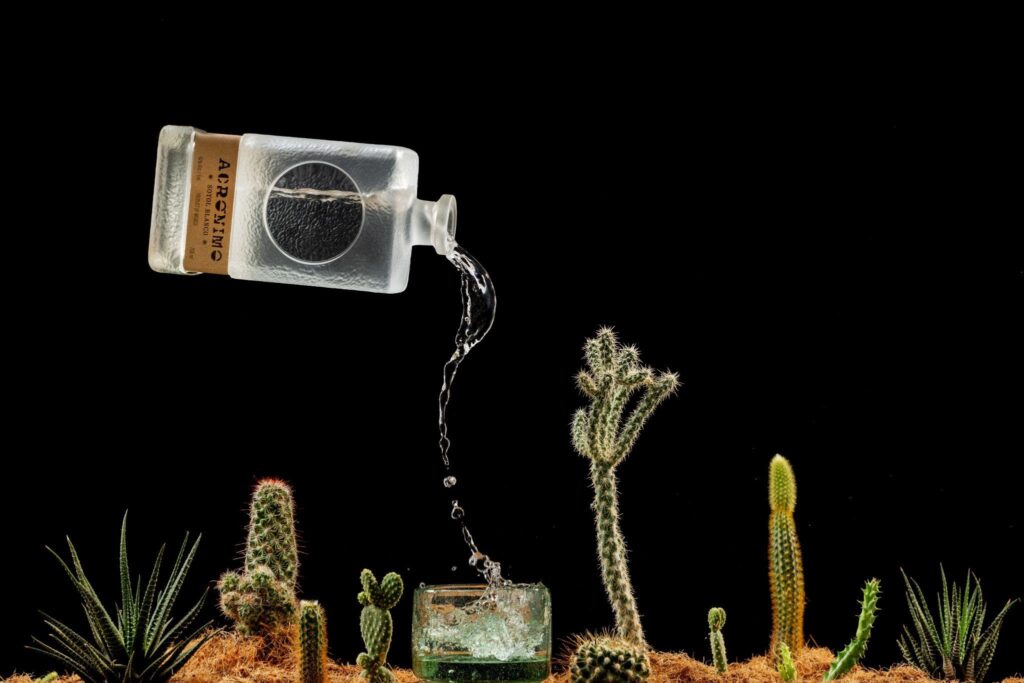The History of Gin: From Medicinal Roots to Modern Craft Bars

Ever curious about how your preferred gin and tonic arrived from traditional medicine cabinets onto the neon-lit shelves of hip craft bars? The history of gin is as nuanced and delicious as the beverage itself.
From therapeutic potion to worldwide spirit of choice, gin’s narrative is full of twists, laws, conflicts, and of course, botanicals. Let us now explore it.
Table of Contents
Traditional Origins: Gin's Medicinal Use
Gin was thought of as a therapeutic cure long before it became a regular feature of happy hour. The first roots of what we now know as gin can be found in the 11th century when southern European monks combined distilled spirits with juniper berries—yes, the core of gin—to heal kidney problems and stomach illnesses.
Fast forward to the 17th century, and we arrive in the Netherlands, where a doctor called Franciscus Sylvius is sometimes credited with creating “jenever,” the forerunner of gin.
It was first utilized to address different health issues like circulation disorders. So the next time someone claims alcohol is harmful, remark, “Hey, it started as medicine!”
English gin craze: bless or curse?
Gin first really became really popular in England in the 1700s. Local residents enjoyed it when the British troops serving with the Dutch in the Eighty Years’ War brought jenever home. Quite so, in fact, the age was defined by what historians refer to as the “Gin Craze.”
Gin grew so affordable and readily available at one point that it led to a London social crisis. Unregulated distillation produced even more dangerous batches with poor quality.
Crime, poverty, and public drinking shot through. With a set of Gin Acts, the government intervened to try to reduce consumption and illicit manufacture.
Still, gin never completely disappeared given all this. It just developed.
From Bathtub Booze to British Icon
- Gin started to win respectability again in the 19th century.
- As distillation methods developed, London Dry Gin became a highly regarded variation that gained general popularity.
- The British Navy even participated; gin was included in meals, and sailors combined it with lime juice to treat scurvy, hence producing the famous gimlet cocktail.
Gin developed gradually to represent British sophistication. Not a drink for the underprivileged anymore; it crept into upper-class parlors.
American Reinventions of Gin and Prohibition
Gin settled in underground speakeasies when Prohibition arrived in the United States in the 1920s. Gin was a common choice among bootleggers since it did not need ageing unlike whisky.
The period of “bathtub gin” began—actually created in bathtubs or another suitable container.
We created iconic cocktails including the Martini, the Gin Rickey, and the Bee’s Knees during this time. Gin’s mixability and distinctive botanical overtones kept it a favourite even if its often harsh quality. This will give you an inaccurate idea of the history of gin.
The Renaissance in Craft Gin
To really understand the history of gin, we need to understand its renaissance. By now we are living what many refer to as a “gin renaissance.” From New York to New Zealand, craft distilleries are opening up all around each giving their own take on the classic juniper spirit.
Gin of today is not one-size-fits-all. You have floral, citrus-forward, spicy, even pink gins—yes, it is a thing. Modern bars are exhibiting gin in fresh, imaginative ways, transforming the once-humble spirit into a mixology superstar.
Often Used Gin Styles You Should Know
- London Dry Gin is classic, fresh, and heavily juniper. Consider Tanqueray, sometimes known as Beefeater.
- Plymouth Gin has a protected geographical status and is significantly sweeter and earthier.
- Little sweeter than London Dry, Old Tom Gin is ideal for classic cocktails.
- New Western or Contemporary Gin: More space for botanicals allows less emphasis on juniper to inspire innovation.
- The new and popular brand gaining traction around the world is Acronimo Gins and Spirits.

Why Gin Is Still Changing?
The history of gin is marred by change. Because of its flexibility, gin has stayed relevant for ages. It is faster and less expensive to make than whisky or rum, as it does not need ageing.
Furthermore, the ability to play with botanicals lets distillers create something quite original, which customers find great appeal.
Local sourcing, sustainability, and community-oriented manufacturing have become hallmarks of craft gin distilleries. These days, it’s not only about booze; it’s about a way of life, a culture, and a narrative bottled within.
FAQs
Q1: Gin’s principal constituent is what?
A: Gin’s distinctive piney taste comes from juniper berries, the distinguishing botanical.
Q2: What sets gin apart from vodka?
While gin is flavored with botanicals—especially juniper—vodka is neutral and flavorless.
Q3: Is gin drinkable straight?
A: Certainly! Though most people like it combined, a good gin can be savoured clean or on the rocks.
Q4: Does gin offer health benefits?
A: Though it was traditionally used medicinally, today it’s best appreciated in moderation.
Q5: How ought I to keep gin?
A: Store it in a chilly, dark spot. Gin doesn’t get better with age once bottled, unlike wine.
Conclusion
From monks combining botanicals to bartenders creating unique cocktails, the history of gin is far from monastic dullness. This is a story of innovation, reinvention, and survival.
Whether you’re savoring a basic gin and tonic at home or at a speakeasy-style bar, keep in mind you are consuming a spirit with almost a thousand years of history. Kind of makes that glass taste somewhat better.
